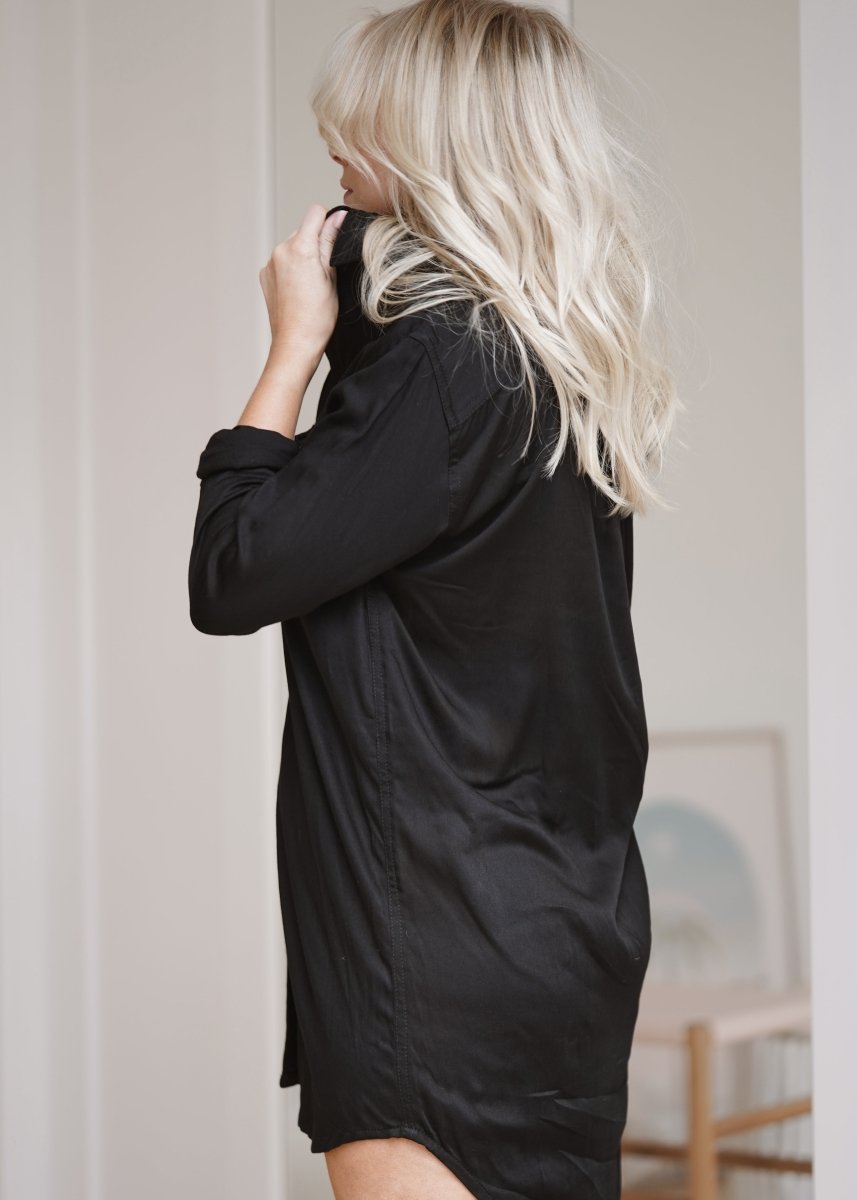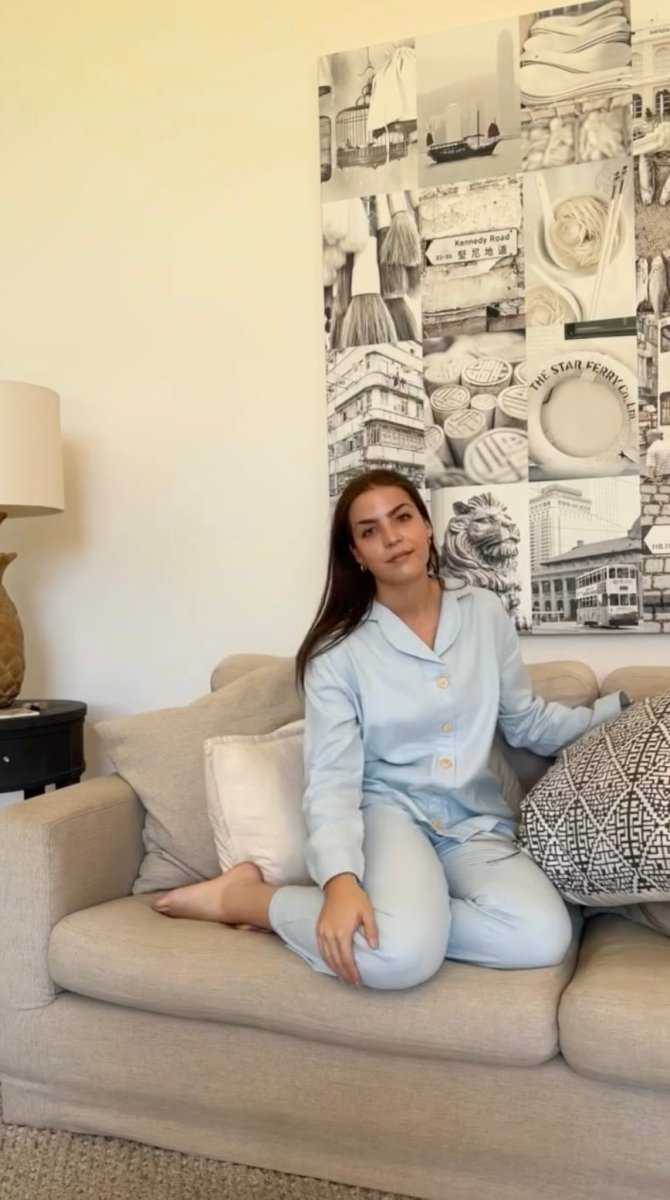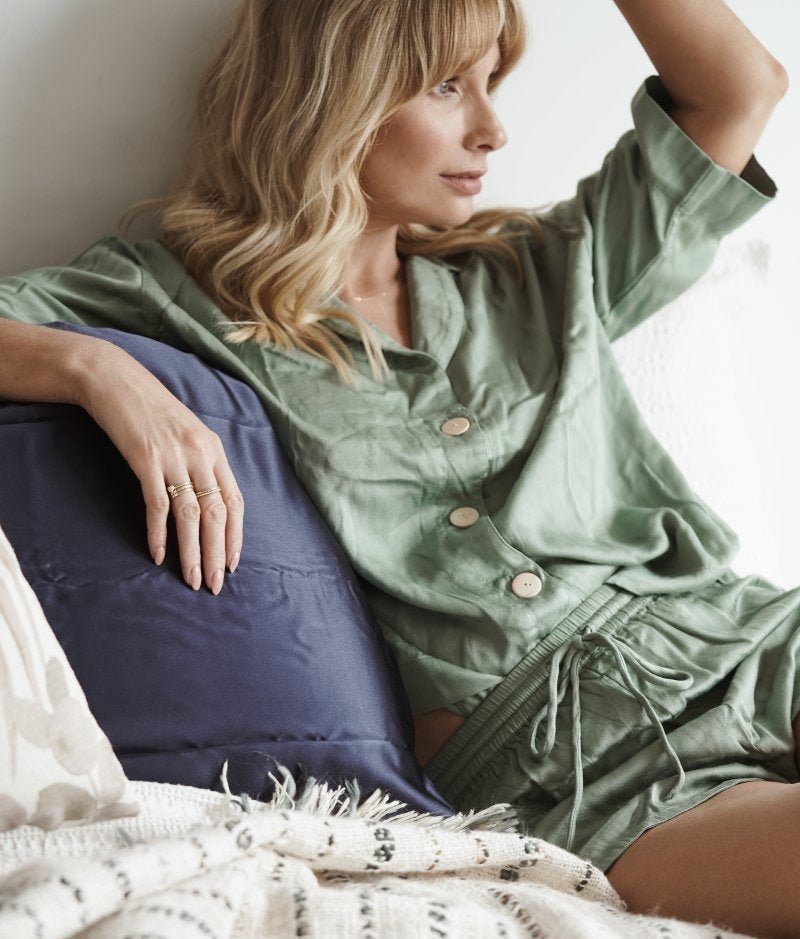Why Is Gingham Called Gingham?
(And no, it didn’t start with Dorothy or your nanna’s apron)
Let’s be real- gingham feels wholesome. It’s the fabric equivalent of fresh air and lemonade. But behind your gingham eye pillow or that sweet little gingham sleep mask is a backstory that’s anything but boring
It All Started Far from the Picnic Rug
The word gingham is believed to come from the Malay word "genggang", meaning striped. (Yep-striped, not checked. But give us a sec, we'll get to that)
Back in the 17th century, European traders brought this breezy cotton fabric home from Southeast Asia. Originally, gingham was dyed yarn in a simple striped design- nothing like the symmetrical checks we wear today in our gingham pyjamas and gingham loungewear sets
Checks Take Over
By the mid-1700s, weaving mills in places like Manchester (hello, Industrial Revolution) began producing gingham in classic two-tone checks. Think white and blue, white and red- the type of pattern that now defines the modern gingham look. It was easy to produce, comfy to wear, and cute as heck.
These days, gingham is having a serious revival in everything from gingham pyjamas for slow Sunday mornings to gingham loungewear sets perfect for working from the couch... with dignity
Gingham That Goes Beyond Daywear
Let’s talk rest. Gingham has made its way from everyday wear to dreamy downtime must-haves. A gingham sleep mask? Equal parts charming and functional. A gingham eye pillow filled with lavender or linseed? Yes please. Both prove that this historic fabric can calm your nervous system and look adorable on your nightstand
Why We’re Still Gingham-Obsessed
At Jade and May, we’re here for anything that makes rest feel a little more joyful. Gingham just happens to do that with ease. Whether you’re slipping into a soft gingham loungewear set or winding down with a gingham eye pillow, this print wraps you in a bit of nostalgia, a dash of playfulness, and a whole lot of comfort




